Wagner Meters Rapid RH 4.0 EX User manual
Other Wagner Meters Measuring Instrument manuals
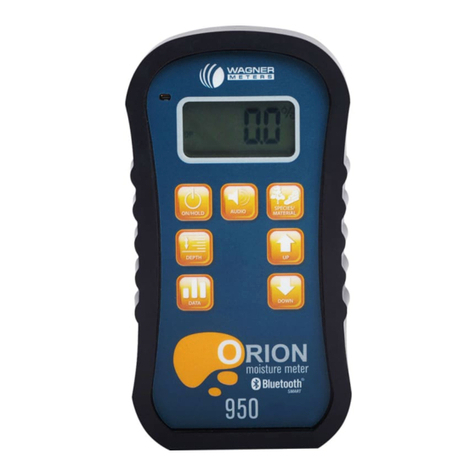
Wagner Meters
Wagner Meters ORION 950 User manual
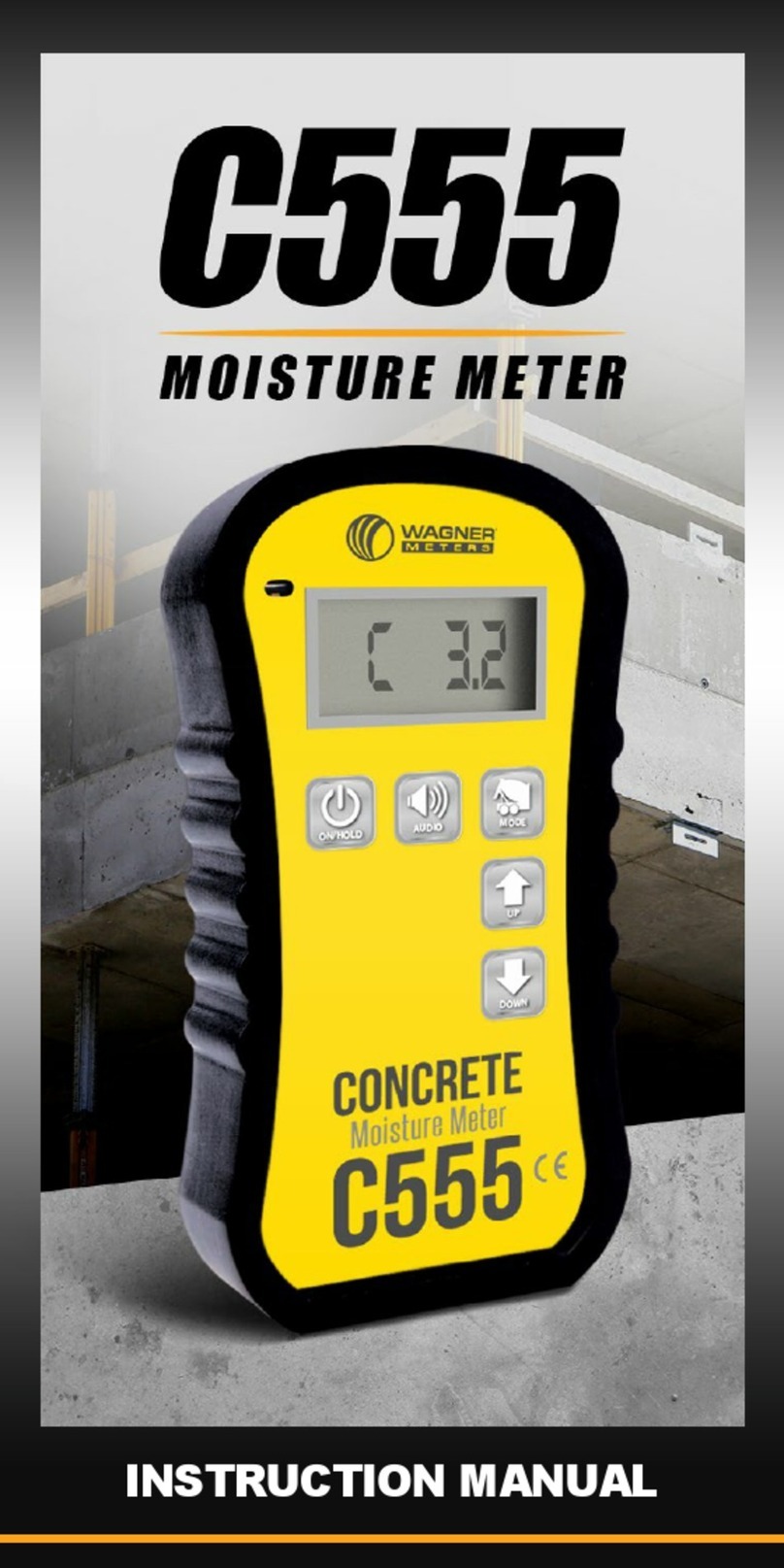
Wagner Meters
Wagner Meters C555 User manual
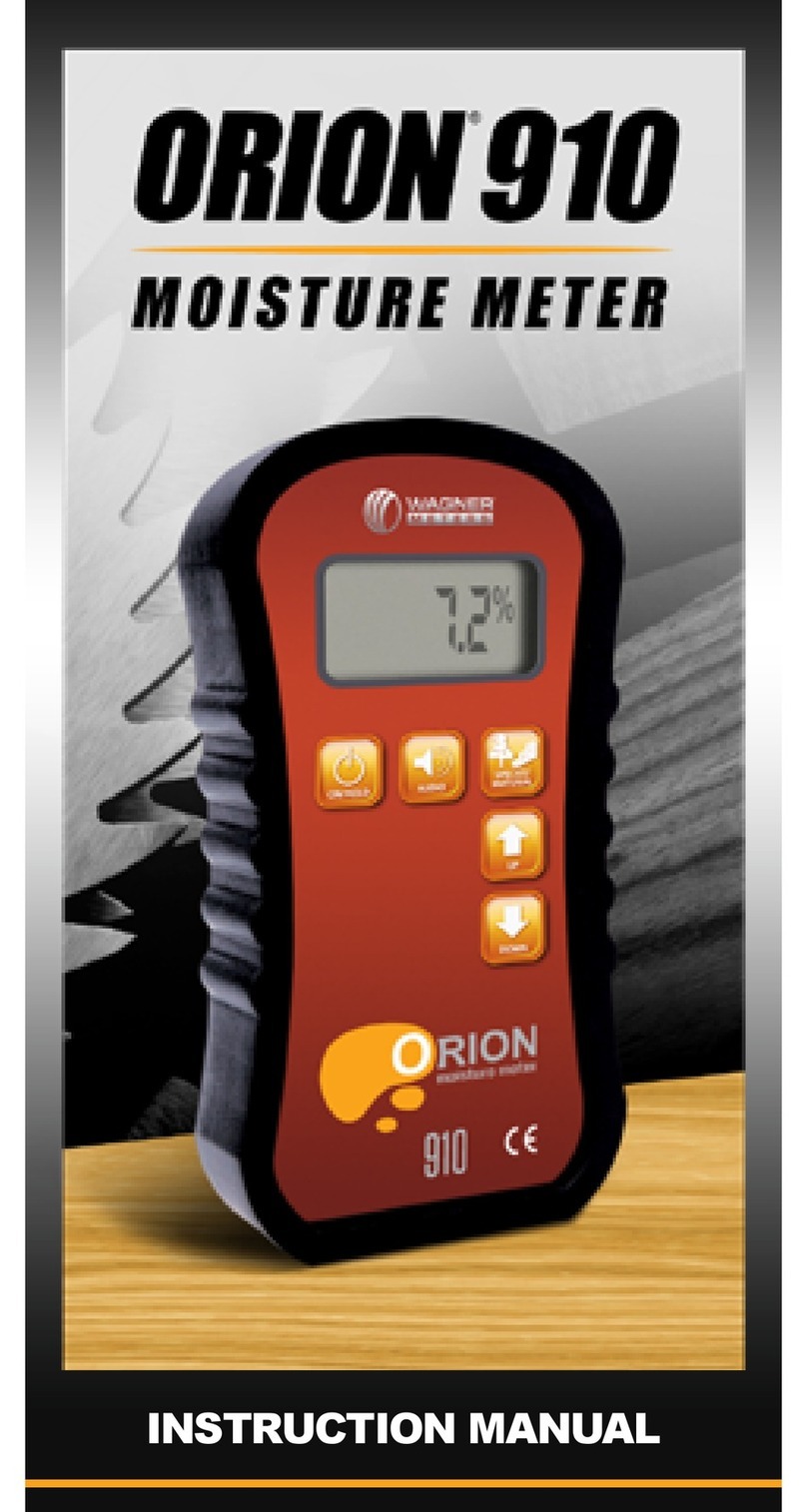
Wagner Meters
Wagner Meters Orion 910 User manual
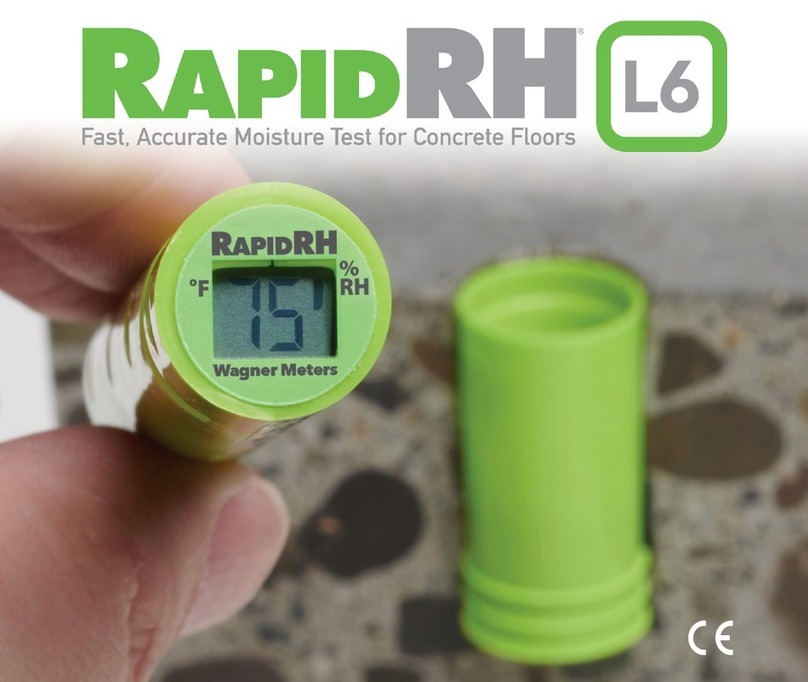
Wagner Meters
Wagner Meters Rapid RH L6 User manual
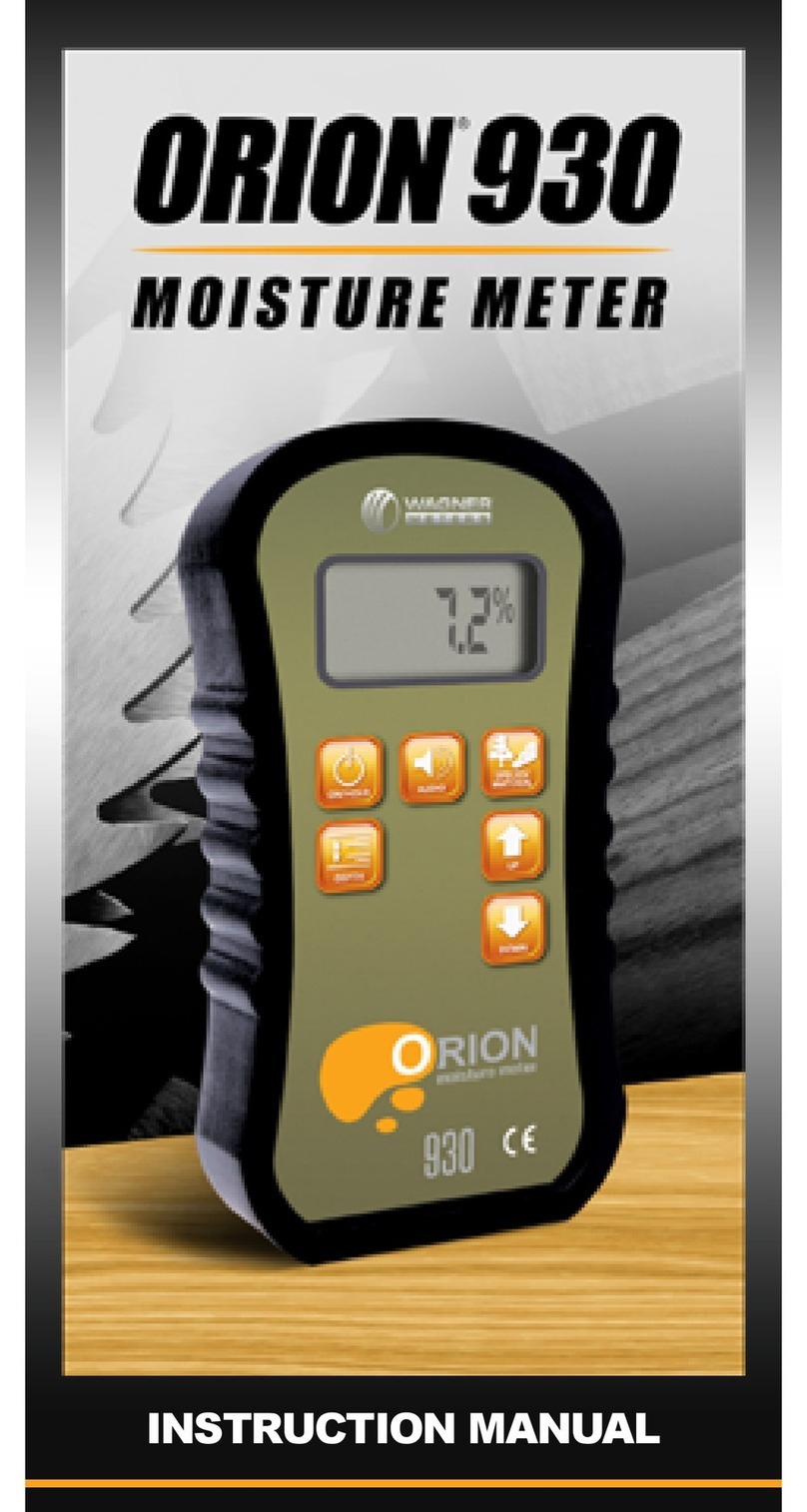
Wagner Meters
Wagner Meters Orion 930 User manual
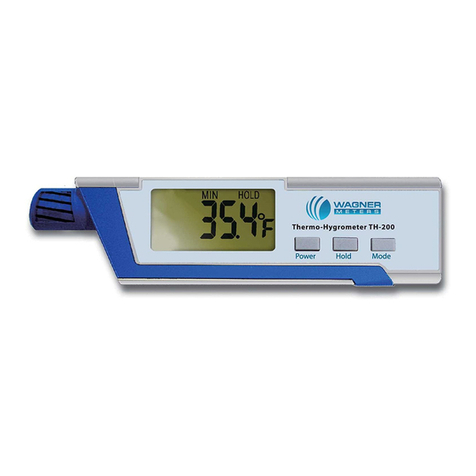
Wagner Meters
Wagner Meters TH-200 Pen-Style User manual
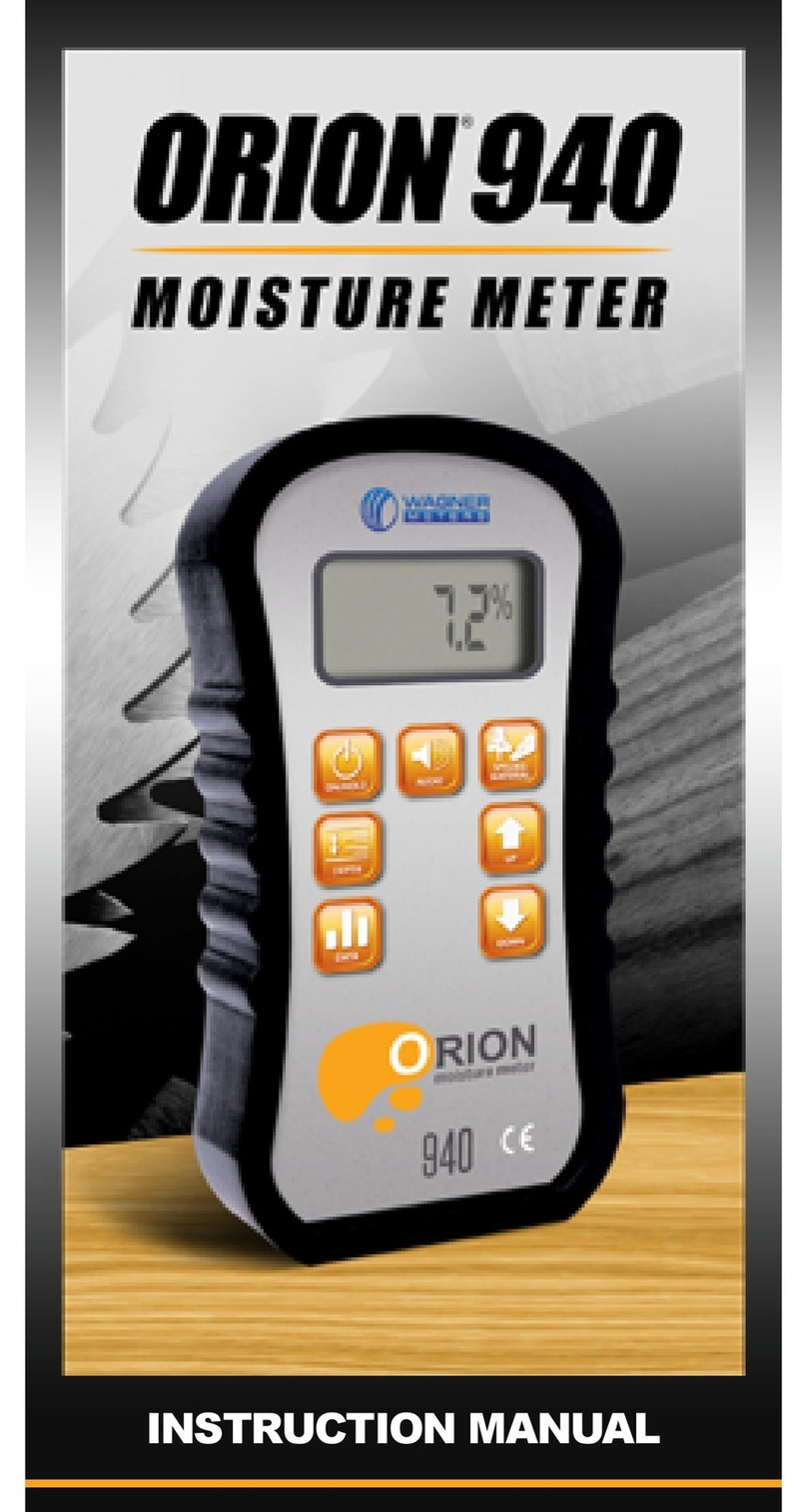
Wagner Meters
Wagner Meters Orion 940 User manual

Wagner Meters
Wagner Meters MMC 205 User manual
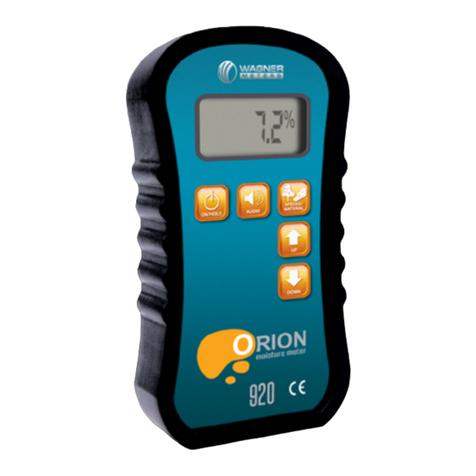
Wagner Meters
Wagner Meters Orion 920 User manual
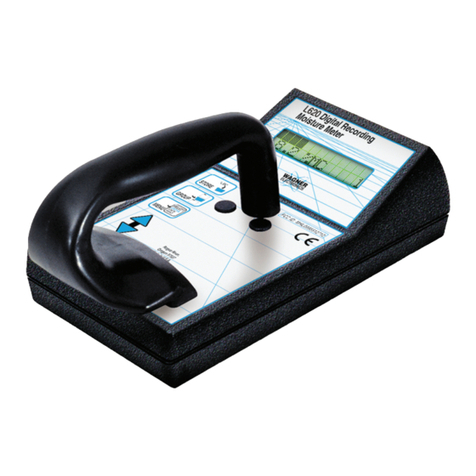
Wagner Meters
Wagner Meters L620 User manual
Popular Measuring Instrument manuals by other brands

Powerfix Profi
Powerfix Profi 278296 Operation and safety notes

Test Equipment Depot
Test Equipment Depot GVT-427B user manual

Fieldpiece
Fieldpiece ACH Operator's manual

FLYSURFER
FLYSURFER VIRON3 user manual

GMW
GMW TG uni 1 operating manual

Downeaster
Downeaster Wind & Weather Medallion Series instruction manual

Hanna Instruments
Hanna Instruments HI96725C instruction manual

Nokeval
Nokeval KMR260 quick guide

HOKUYO AUTOMATIC
HOKUYO AUTOMATIC UBG-05LN instruction manual

Fluke
Fluke 96000 Series Operator's manual

Test Products International
Test Products International SP565 user manual

General Sleep
General Sleep Zmachine Insight+ DT-200 Service manual
















